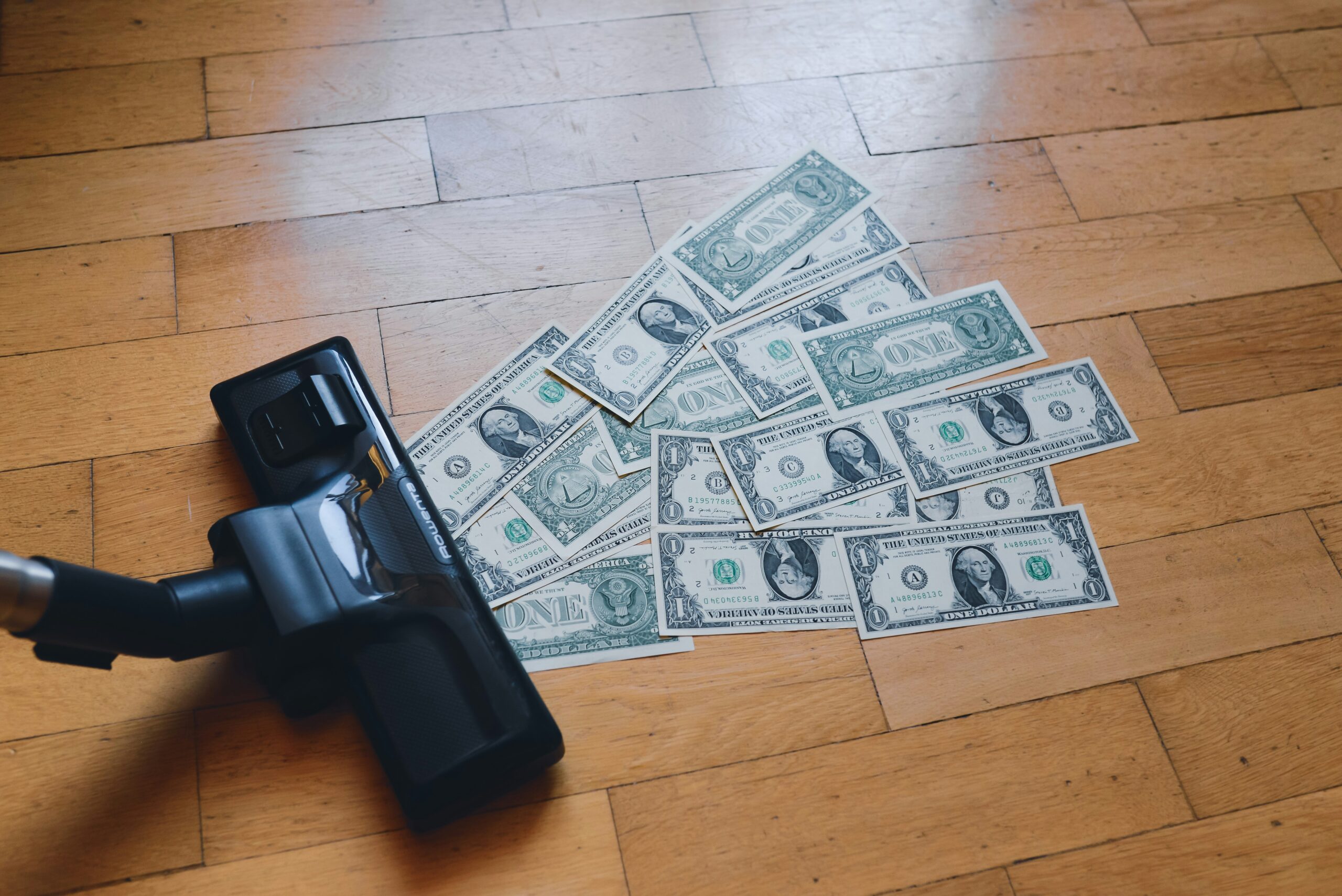News reports hailed the recent third-quarter advance estimate for GDP of 4.9% as a sign of the “resilience” of the US economy, and of the strength of the US consumer. It came in higher than the expected 4.5%, and was paired with a higher-than-expected jobs total of 336,000 for the same month, all of which led Federal Reserve Chairman Jerome Powell to suggest that “we certainly have a very resilient economy on our hands”.
Powell also noted in his recent speech at the Economic Club of New York that numerous forecasts called for recession, which is true. In fact, it’s difficult to look beyond just spending numbers to find real robust evidence that the US economy is strong, or resilient.
Paragraph three of the Bureau of Economic Analysis’s report reads bleakly: “the increase in real GDP reflected increases in consumer spending,” as well as “state and local government spending, federal government spending”. Exports rose, the report read, but imports did as well. In short, the backbone of the high numbers was spending, which can be a sign of a strong economy, but only if underlying conditions are right.
For example, spending-driven GDP would look better if the savings rate was high. If credit card and household debt was falling, increased spending would mark real resilience. Consumer and producer spending numbers would be more positive if paired with a positive forward outlook. On the business side, if exports were rising, if bankruptcies and delinquencies were falling, and if credit conditions for small businesses were good, consumer spending would be interpreted more favorably.
None of these things are in positive condition, and there’s more besides that to suggest that the economy is heading toward recession.
First of all, spending on its own is not a sign of a strong economy. Imagine Robinson Crusoe on his island writing how positive it was that he finished the week having eaten a majority of his stored food, or if in the next week, he was even more upbeat because he ate almost all of his stored food. Contrast that to Crusoe writing about how much food he was able to catch and store away, and you have some idea of how spending should be looked at in the economy.
Furthermore, it wasn’t only the consumer spending that drove the GDP numbers, but government spending, which is a burden on the economy since it represents tax money. And spend they did. In fact, it took just 3 months for the US government to spend $1 trillion that it didn’t have.
Unshakable borrowing, shaking industry
The American consumer has indeed been showing something like resilience, but it’s more likely to be coming from debt. While both consumer staples and discretionary spending were up in the second and third quarters, the US consumer posted an increase of $45 billion in credit card debt, further extending the all-time record in the US which stands now at $1.031 trillion
A survey from the American Banker’s Association found in December of 2022 that the average consumer carries around $7,200 on their credit cards, and 46% of consumers surveyed said they generally take a year’s time to fully pay off outstanding balances.
This extensive borrowing is of course backdropped by the Federal Reserve’s interest rate increases that have arrived at 5.5%, the highest they’ve been in decades.
The increase in spending, and borrowing to spend, is backdropped by a low savings rate in the US. The St. Louis Federal Reserve reported a personal savings rate of just 3.4%, which has already fallen 2% since May of 2023 and is on course for the low levels seen in the post-pandemic depression.
In short, the American consumer is borrowing more than ever and saving at one of the lowest rates ever seen in the country. Price inflation has come down from a 2022 high of nearly 10% to a June low of 3%, but has been climbing since. And while that is technically lower, it still means that prices are increasing every month by between 3-5% on average this year; led by oil rises which are at a high for the year.
While the consistently high job numbers have been held up as a sign of strength in the economy, there has never been a time where more people have held down multiple jobs, and even multiple side hustles on top of those—with one survey showing nearly 200 out of 1,000 American workers having three side hustles.
In the higher echelons of the economy, bankruptcy filings are higher than during any year since 2010, and are up 61% this year alone. As regards small businesses, the National Federation for Independent Businesses’ index on the ability of small businesses to get loans is also at a point that indicates recession.
Consumer sentiment is at the second-lowest mark for the year. The Conference Board’s Consumer Confidence Index fell to 103, while the Expectations Index fell below 80, a mark that indicates recession. The Board’s Leading Economic Index, which puts together a variety of forward-looking data as opposed to data on the past like GDP and CPI numbers, has been at recession levels for months.
The Treasury yield curve is still inverted—from the 3-month to the 10-year bonds, meaning the former are yielding higher than the latter and a phenomenon that has a 100% accuracy at predicting recession. Business Insider reports that the Institute for Supply Management’s Purchasing Manager’s Index, which takes the pulse on manufacturing activity in the US, is in contraction territory, and the ISM Manufacturing Index is at an anemic 49, with the only 5 of 18 industries reporting growth being mostly staples like food and energy.
The merchandise trade deficit increased in September to $85.8 billion in September, up $1.1 billion from $84.6 billion in August, and continues to hold historically-high territories. WaL



